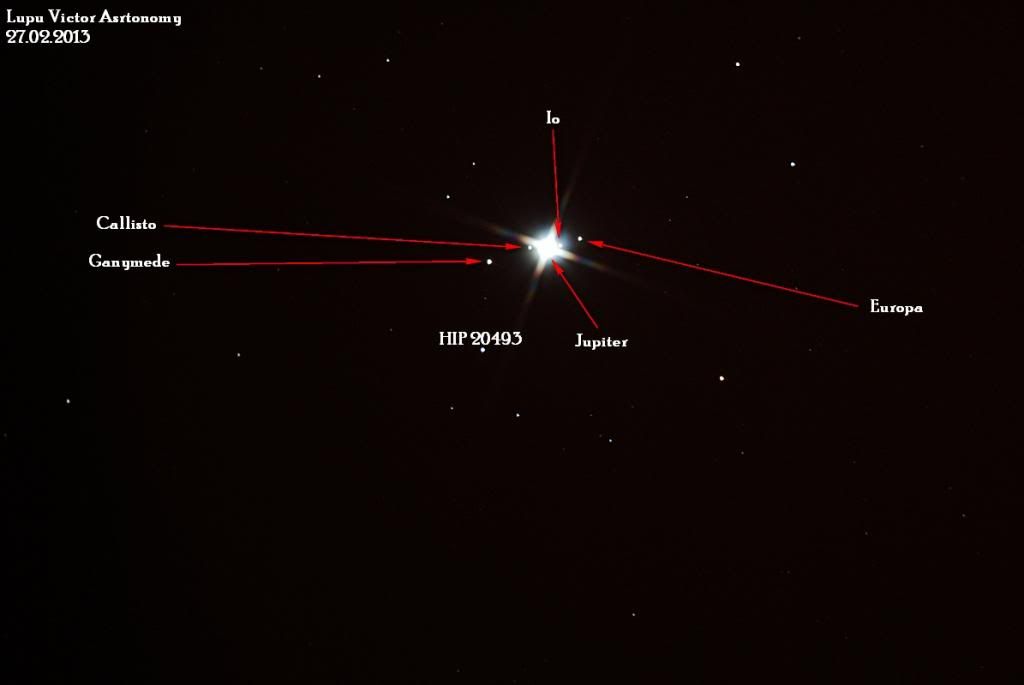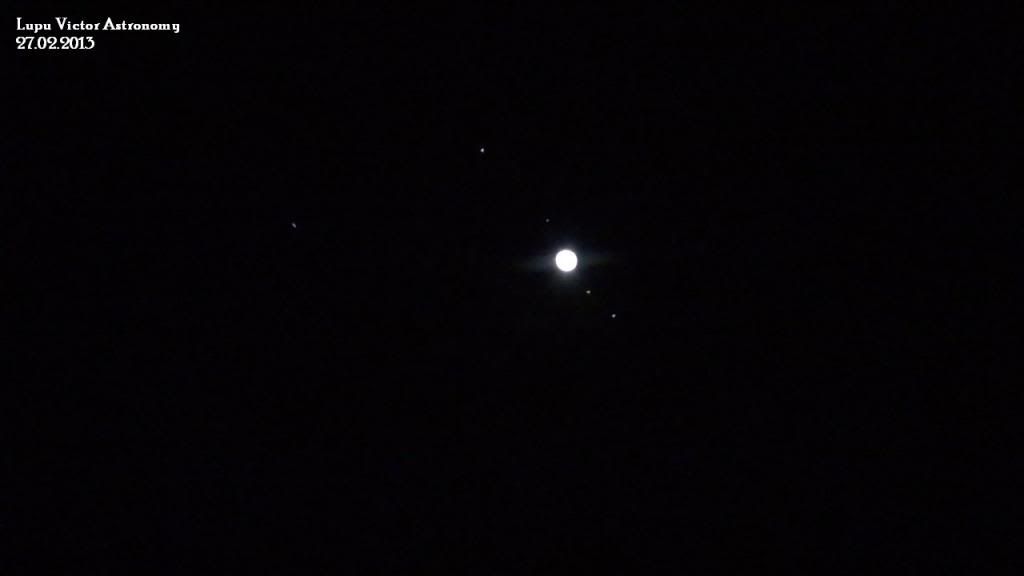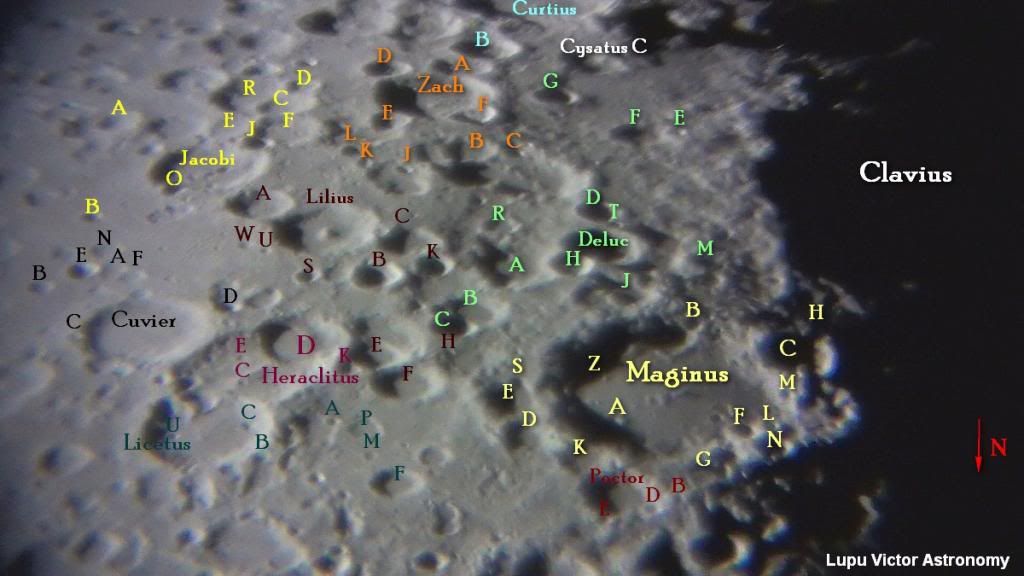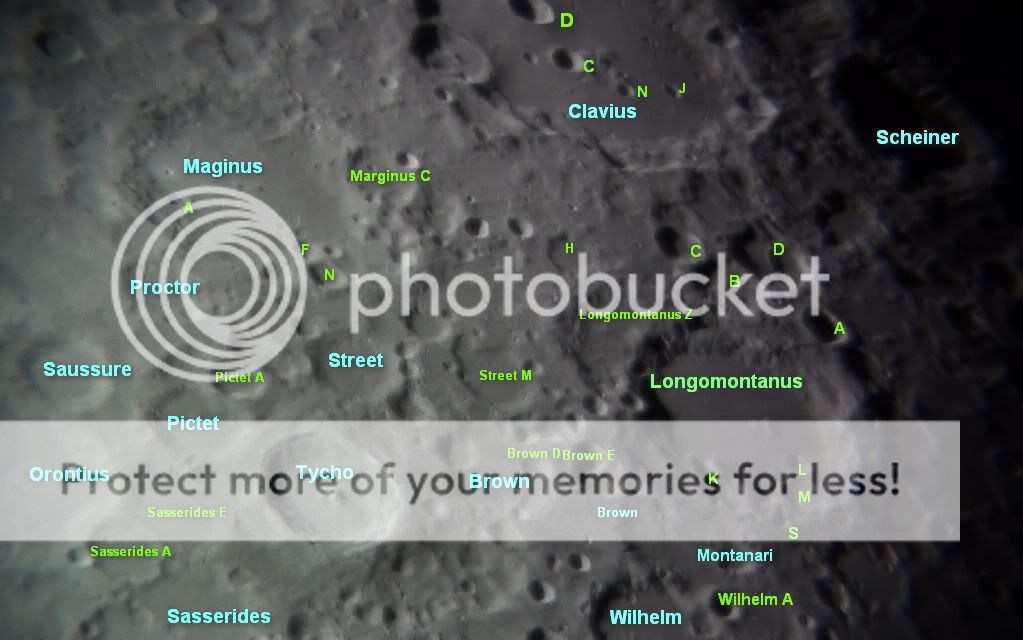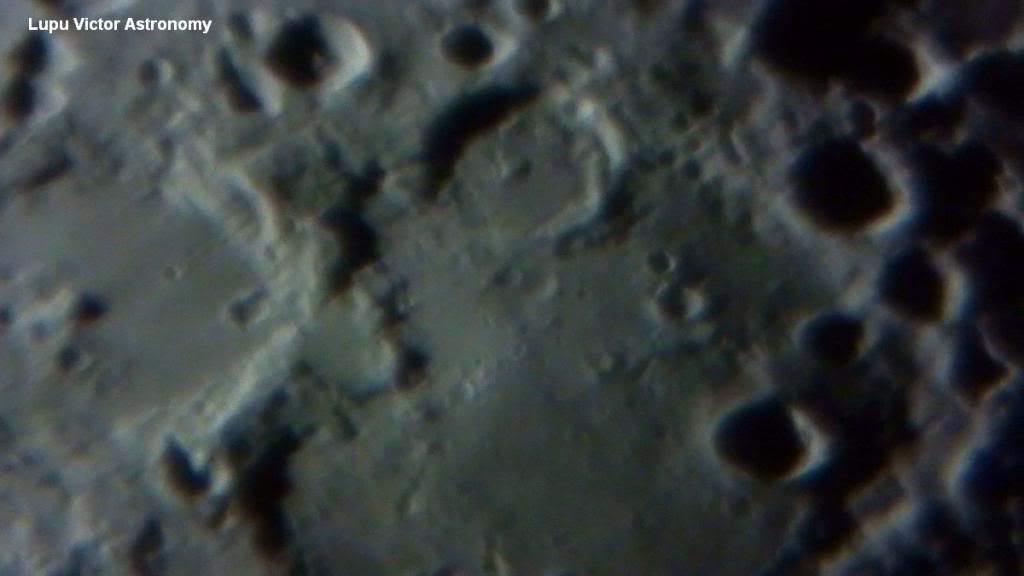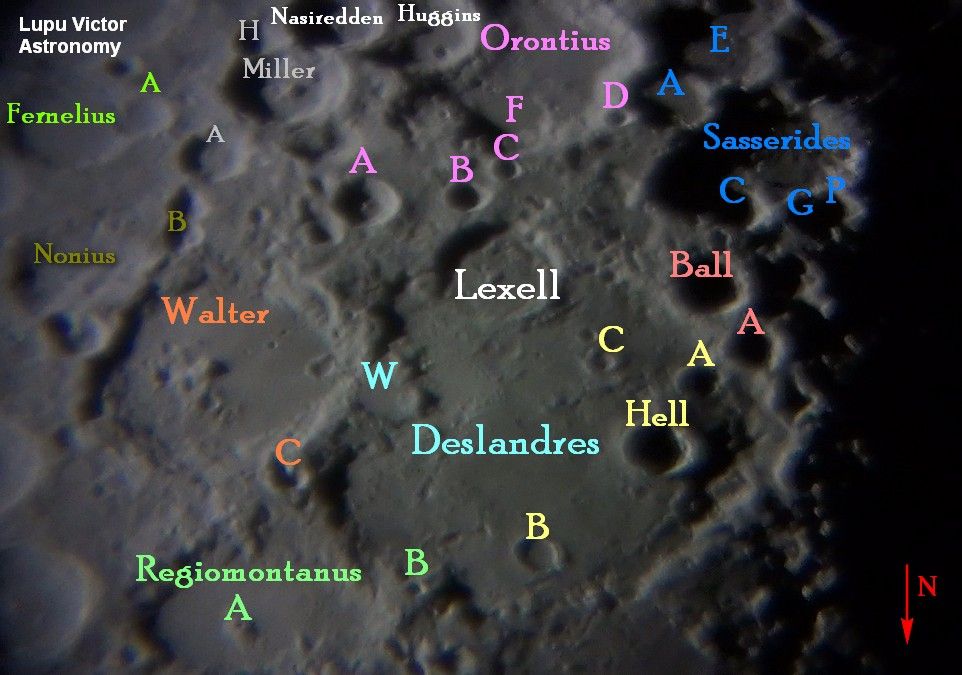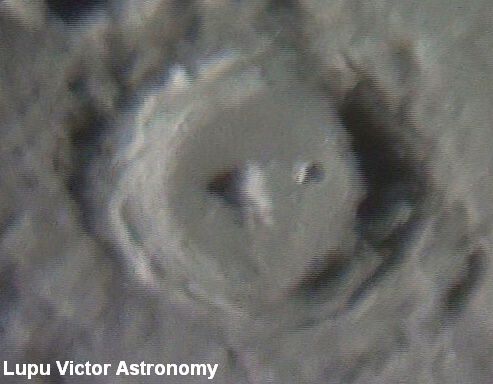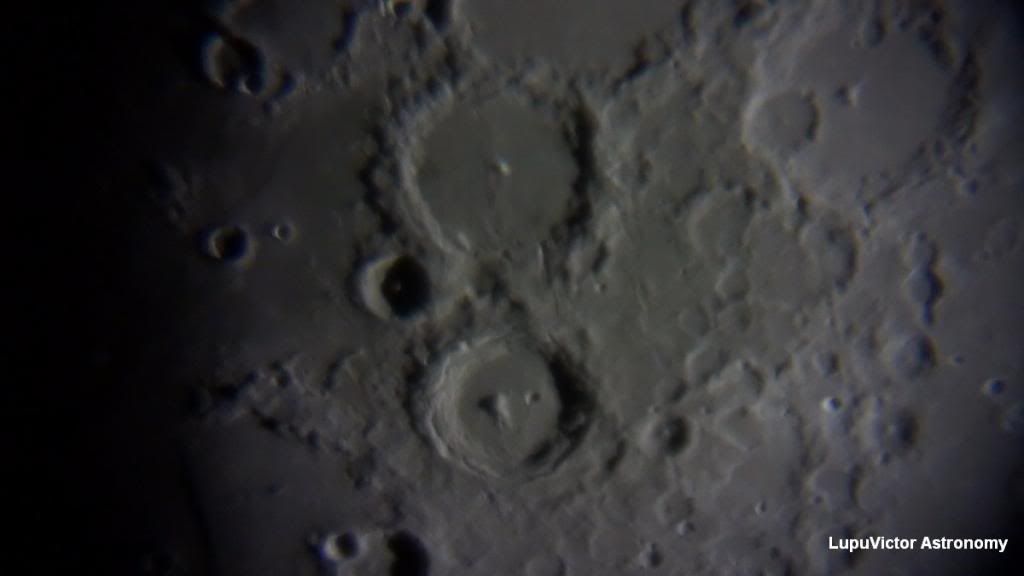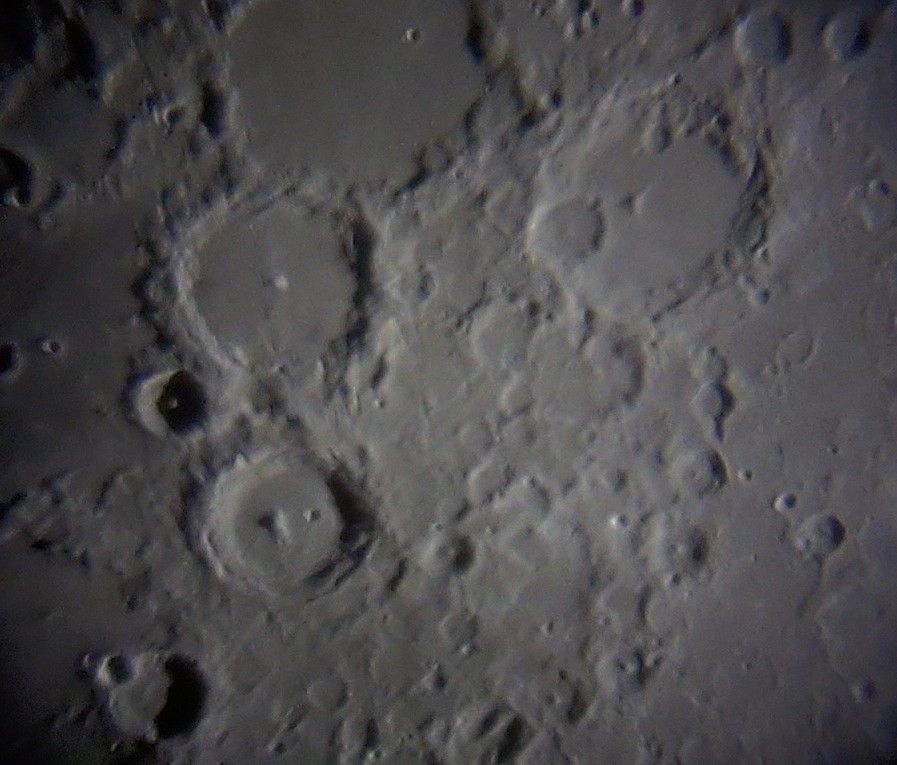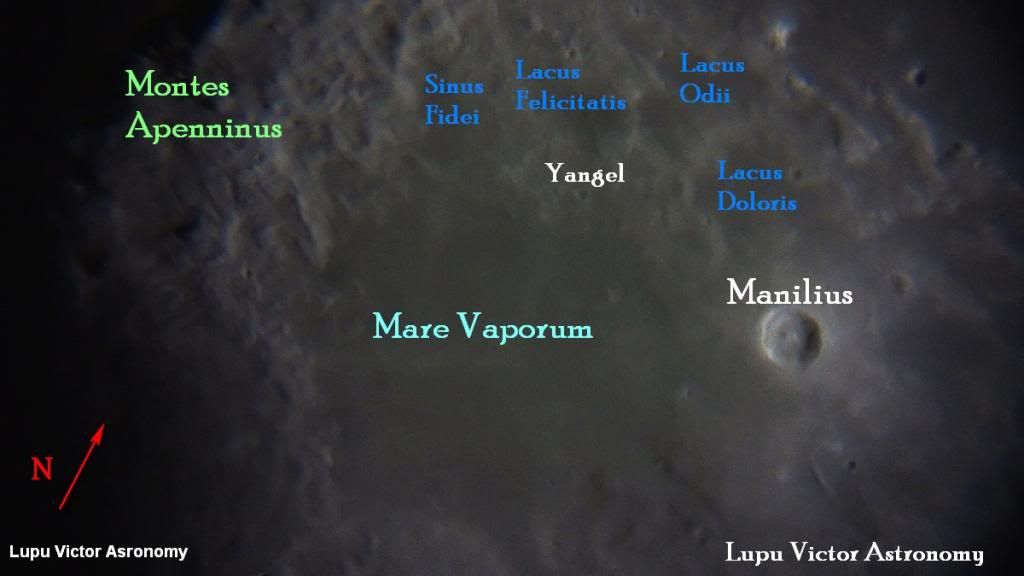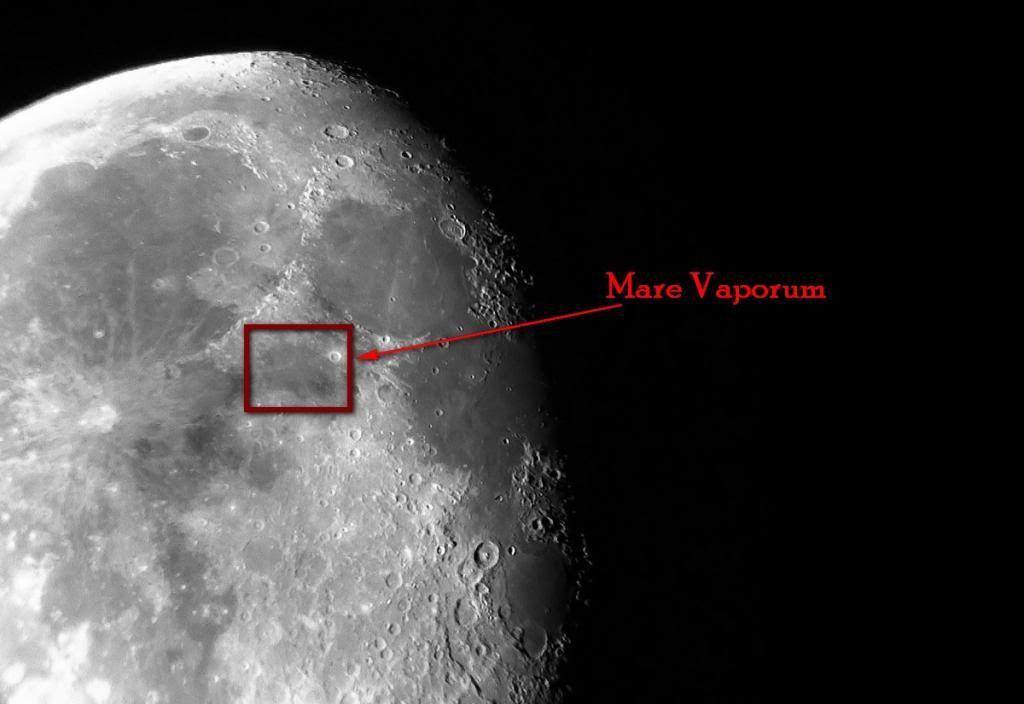Astronomical calendar of March 2013.
06 march 2013 - Moon at the Perigee at 2:20 Moon reaches perigee, the closest point to Earth: 369,954 km from Earth.
10 march 2013 - - Comet C2011 L4 Pan-STARRS will be closest to Earth. The best time to observe comet Pan-STARRS will likely be on 12 and 13 March 2013 on the west.
11 march 2013 - -The Sun enters the astronomical constellation Pisces.
11 march 2013 - New Moon. Moon will be between the Earth and the Sun and will not be visible from Earth. This phase takes place at 19:51.
19 march 2013 - Moon at the Apogee. at 5:13 Moon reaches apogee, the farthest point from Earth: 404,262 km from Earth.
20 march 2013 - Equinox of March. March Equinox occurs at 05:14 UT. The Sun will shine directly on the equator and the days and nights will be almost equal in the whole world. This is also the first day of spring (spring equinox) in the northern hemisphere and the first day of fall (autumnal equinox), in the southern hemisphere.
27 march 2013 - Full Moon. Earth is between the Sun and the Moon and so the Moon will be fully illuminated as seen from Earth. This phase occurs at 09:27.
28 march 2013 - The Moon will be very close to the bright star Spica in the constellation Virgo.
29 march 2013 - Uranus-Sun Conjunction at 02:00.
31 march 2013 Mercury at the highest elongation: 27.8°W at 24:00
This month visible planets:
Evening: Jupiter
Morning: Saturn
Mars, Venus, and Mercury are all too close to the Sun to be seen.
06 march 2013 - Moon at the Perigee at 2:20 Moon reaches perigee, the closest point to Earth: 369,954 km from Earth.
10 march 2013 - - Comet C2011 L4 Pan-STARRS will be closest to Earth. The best time to observe comet Pan-STARRS will likely be on 12 and 13 March 2013 on the west.
11 march 2013 - -The Sun enters the astronomical constellation Pisces.
11 march 2013 - New Moon. Moon will be between the Earth and the Sun and will not be visible from Earth. This phase takes place at 19:51.
19 march 2013 - Moon at the Apogee. at 5:13 Moon reaches apogee, the farthest point from Earth: 404,262 km from Earth.
20 march 2013 - Equinox of March. March Equinox occurs at 05:14 UT. The Sun will shine directly on the equator and the days and nights will be almost equal in the whole world. This is also the first day of spring (spring equinox) in the northern hemisphere and the first day of fall (autumnal equinox), in the southern hemisphere.
27 march 2013 - Full Moon. Earth is between the Sun and the Moon and so the Moon will be fully illuminated as seen from Earth. This phase occurs at 09:27.
28 march 2013 - The Moon will be very close to the bright star Spica in the constellation Virgo.
29 march 2013 - Uranus-Sun Conjunction at 02:00.
31 march 2013 Mercury at the highest elongation: 27.8°W at 24:00
This month visible planets:
Evening: Jupiter
Morning: Saturn
Mars, Venus, and Mercury are all too close to the Sun to be seen.








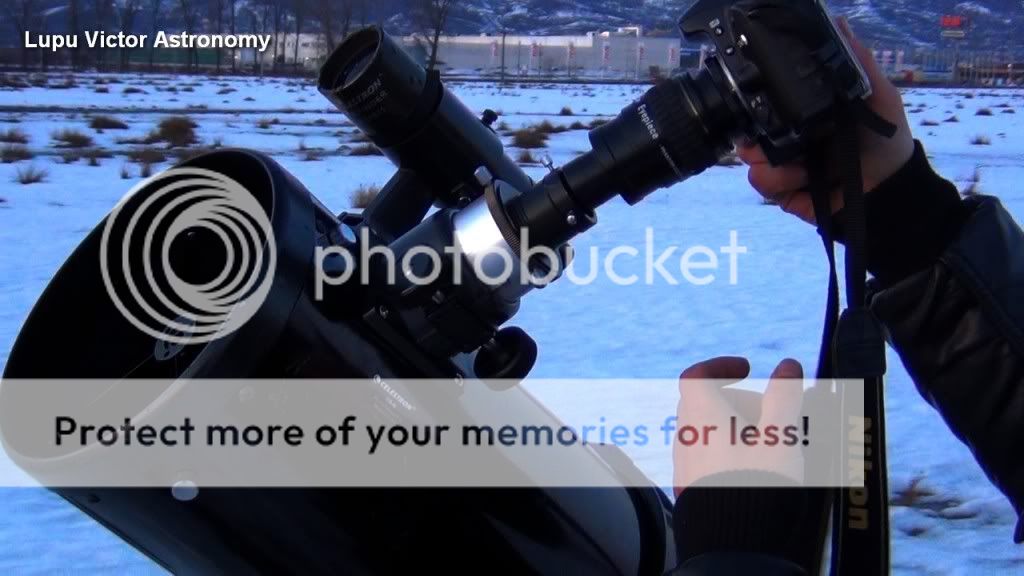

 Thursday, February 28, 2013
Thursday, February 28, 2013
 Unknown
Unknown





